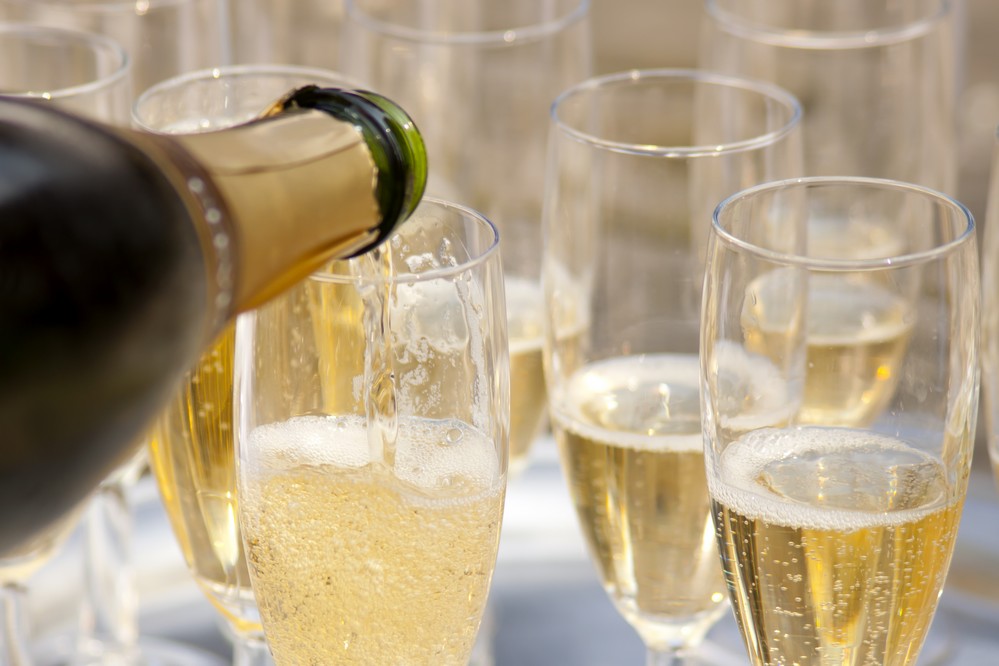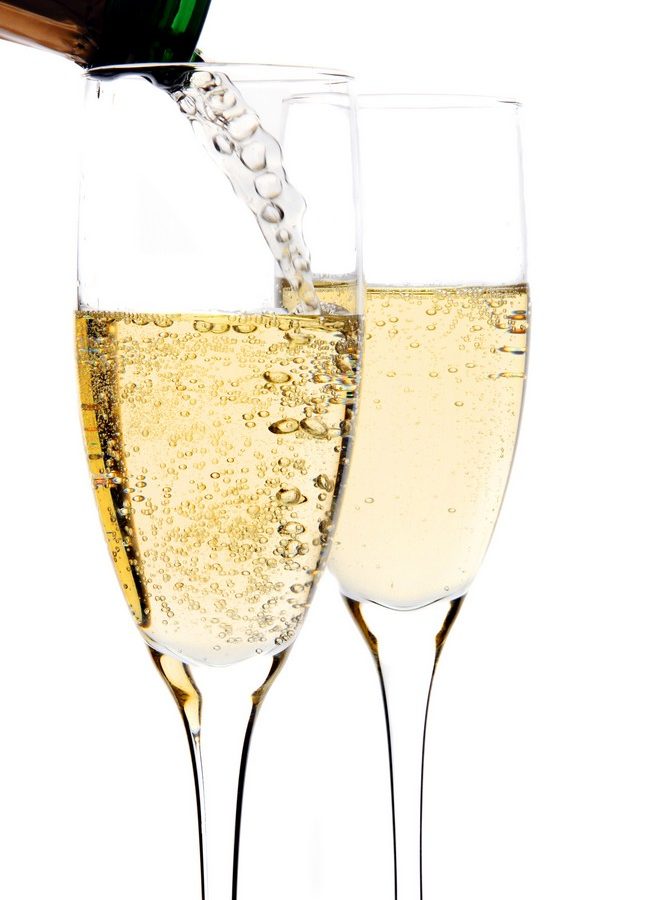A GREAT CHAMPAGNE has small bubbles (Well, it is a bit more complicated than that)
Sparkling, effervescent, carbonated: as you already know, champagne has bubbles. This is one of the top reasons why people like it. But there are different kind of bubbles. Should you prefer small bubbles or big bubbles? If so, how do you get them? Is this a guarantee of quality?
A champagne bottle contains 9 grams of dissolved carbon dioxide (also called CO2). The CO2 comes from the addition of sugar during the champagne making process. This carbon dioxide, invisible to us, causes the formation of bubbles in the glass. This is a natural chemical process; however, it sometimes needs a little help to happen. Scientific research in this field has shown that choosing the right champagne but mainly serving it in the right conditions increases the number of bubbles and how small they are. Here are some basic tips for you, sometimes surprising.
Give the glass a good wipe
Bubbles appear in the rough bits of the glass, in grains of dust and fibres remaining from the wiping cloth. These hollow fibres trap the carbon dioxide and release it at a rate of 10 to 15 bubbles per second. Therefore, do not hesitate to wipe your glasses with a cloth!
Tilt the glasses while serving
If you pour champagne vertically into a flute, you will lose 40% of the existing dissolved carbon dioxide. As for beer, it is necessary to tilt the glass while serving champagne to avoid half this loss, to generate up to 200 000 extra bubbles and to save ten minutes of effervescence. About 1 million bubbles are formed in a glass. They last for 2 to 3 seconds.
Do not use a coupe or a flute
The bubble grows as it rises to the surface of the glass. Therefore, the higher the glass, the further the bubble has to travel and the thicker it becomes. So, if you want to get the finest bubble possible, choose a glass that is lower than the flute. The coupe solves this problem, but creates another one: it disperses the aromas also carried by the bubble to the surface. A tasting glass for non-sparkling wines seems to be a good compromise.

Avoid plastic
Ban the plastic cup. It generates “toad eyes”, a suggestive expression for the largest bubbles. Moreover, bubbles also cling to the sides of a plastic cup.
Choose an old champagne
The older the champagne (over ten years), the more carbon dioxide releases through the cork. Aged champagne contains less CO2 and delivers a finer bubble when served. Carbon dioxide concentration is also lower in a champagne to which less sugar has been added during the making process, and the bubble gets smaller..
Serve warm
One of the pleasures of champagne is the fizz that forms on the surface of the glass and explodes into aroma-laden droplets. This phenomenon is best achieved with medium-size bubbles (rather than the finest bubbles) and by serving warm! Of course, no one really wants to follow this weird but scientifically proven advice. It is good to know that 400 bubbles explode every second on the surface of a glass of champagne. The result can be more aggressive and less pleasant in a narrow glass (a flute) than in a wide glass (a coupe).
Forget about the teaspoon
To preserve the effervescence of a bottle that has not been fully consumed and that you want to keep in your fridge or on a table, do not put a teaspoon into the neck: it does not work. Simply close your bottle with a hermetic cork.
Prefer small bubbles to big bubbles
Is the small bubble the signature of a great champagne? Unless you consider that an old champagne is better than a recent one, there is no correlation between the size of the bubbles and the quality of the drink itself. However, small bubbles are aesthetically preferred to big ones. The rise of the “train of bubbles” in the glass is a show that is part of the appeal of champagne.
This article is largely based on the work of physicist Gérard Liger-Belair, a professor at the University of Reims Champagne-Ardenne, who has made the formation of champagne bubbles the central thematic of his research for several years.
